Wildlife conservation is the wise management of natural environments for the protection and benefit of plants and animals. Some species of plants and animals have become extinct because of natural causes. However, in modern times, the activities of human beings and human population growth have increased the danger for wildlife. As a result, some species have declined greatly in numbers and others are now extinct. Thus, human beings created the need for conservation.

Throughout history, wildlife has suffered because of human beings and their activities. Increasingly efficient weapons, such as bows, rifles, and shotguns, enabled people to kill game with growing ease. With such weapons, hunters have killed off some species of animals. People also have cleared forests, drained swamps, and dammed rivers to clear the way for agriculture and industry. These activities have seriously harmed or destroyed large areas of plant and wildlife habitat. Human beings may also disrupt the natural processes of the habitats that remain. These disruptions affect the diversity and size of living populations in the habitats. Many such habitats are small and no longer connected to vast ecosystems (communities of living organisms and their physical environment). Environmental pollution has also affected many wild species.
Various species had become extinct even before people appeared on the earth. In the past, however, other species developed and replaced those that died off, and the total variety of life did not diminish. Today, human activities kill off species with no hope for their replacement, and so the variety of life decreases.
Since about 1600, many kinds of wildlife have become extinct. In North America, such species include the Carolina parakeet, the passenger pigeon, the California grizzly bear, and a birch that once grew in Virginia.
Beginning in the late 1800’s, growing concern for the world’s vanishing wildlife has led to increased conservation action. The governments of many nations have passed protective laws and set aside national parks and other reserves for wildlife. Such efforts have saved the American bison, the pronghorn, and many of the rare plants found on the Hawaiian and Galapagos islands.
But several hundred species of animals and thousands of species of plants still face the danger of extinction. Such animals include the Asiatic lion, the Bengal tiger, the blue whale, the mountain gorilla, the whooping crane, the California condor, and all the Asian rhinoceroses. Plants that are facing extinction include the black cabbage tree, the Ozark chestnut, the St. Helena redwood, and several kinds of California manzanitas.
Values of wildlife conservation.
If people ignore the need for wildlife conservation, today’s endangered species will soon become extinct. Many other species will also face extinction. If this happens, human beings will lose much of great value that cannot be replaced. Wildlife is important to people for four main reasons: (1) beauty, (2) economic value, (3) scientific value, and (4) survival value.
Beauty.
Every kind of animal and plant differs from every other kind and thus contributes in a special way to the beauty of nature. Most people feel that such beauty enriches their life. It also heightens the enjoyment of camping and other forms of outdoor recreation.
Economic value.
Wild species of animals and plants provide many valuable substances, such as wood and other plant products, fibers, meat and other foods, and skins and furs. The financial value of wild species is important to the economies of many nations. In industrialized nations, the recreational viewing of animals at zoos and wildlife refuges is also a source of revenue.
Scientific value.
The study of wildlife provides valuable knowledge about various life processes. Such study has helped scientists understand how the human body functions and why people behave as they do. Scientists have also gained medical knowledge and discovered important medical products by studying wildlife. In addition, by observing the effect of environmental pollution on wild animals, scientists have learned how pollution affects human life.
Survival value.
Every species of wildlife plays a role in helping maintain the balanced, living systems of the earth. These systems must continue to function if life is to survive. Thus, the loss of any species can threaten the survival of all life, including human beings.
Classifications of scarce wildlife.
Three main classifications are commonly used for animals and plants that face possible extinction: (1) endangered, (2) vulnerable, and (3) lower risk.
Endangered species
face the most serious threat of extinction. They require direct human protection for survival. The California condor is endangered because only about 550 birds survive, about 200 of them in captivity. In 1987, wildlife biologists captured what was then the last remaining wild California condor. Since then, hundreds of California condors have been born and raised in captivity, and scientists have released some of these birds into the wild in California, Arizona, and Utah. See Endangered species.
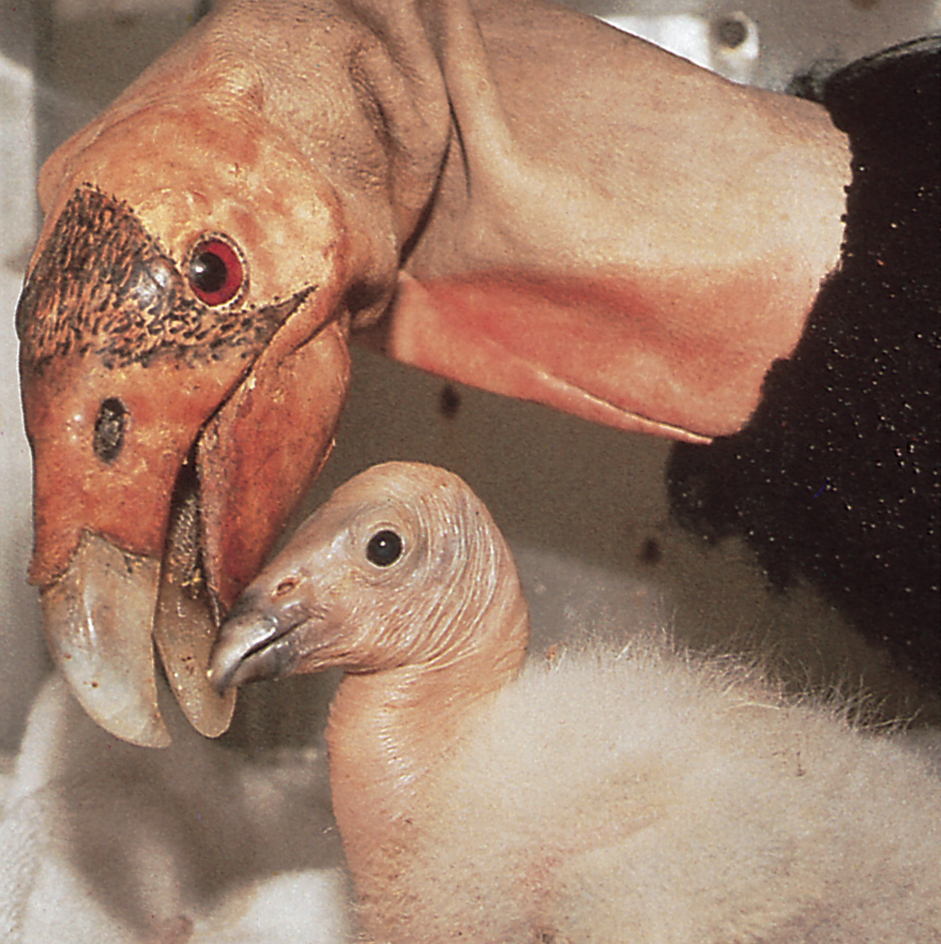
Vulnerable species,
also known as threatened species, are generally abundant in some areas, but they face serious dangers nevertheless. These dangers may result from unfavorable changes in the environment. They also may be due to extensive hunting, fishing, or trapping, or even to collecting by hobbyists. The gray wolf, a vulnerable species, is plentiful in some places. But its overall numbers worldwide are threatened by hunting, trapping, and poisoning.
Lower risk species,
also known as rare species, have small populations. They often live in restricted geographical areas, but their numbers are not necessarily decreasing. For example, the rare bristlecone pine trees grow only at high altitudes in the Western United States. But their survival is not seriously threatened.
Methods of wildlife conservation.
The method used to protect wildlife depends on the source of the danger to the species. Much wildlife can be helped by ensuring that their environment provides enough food, water, and shelter. This method, habitat management, involves such action as soil conservation, good forestry practices, and water management.
Many species of wildlife are threatened because human beings have destroyed their habitats. For example, people have drained swamps and marshes and converted them into farmland. The wetland habitats that remain have been further degraded due to factors caused by human activity. These factors include the redirecting of surface water away from wetland sites, reduction of ground water levels, sedimentation, toxic chemicals, and isolation from other wetlands. Poor farming practices also may destroy land, or the spread of cities and industries may pave over former wildlife habitats. Pollution may poison the air, water, plants, and animals. To save wildlife habitats, people must control pollution and set aside areas in which wild animals and plants can survive.
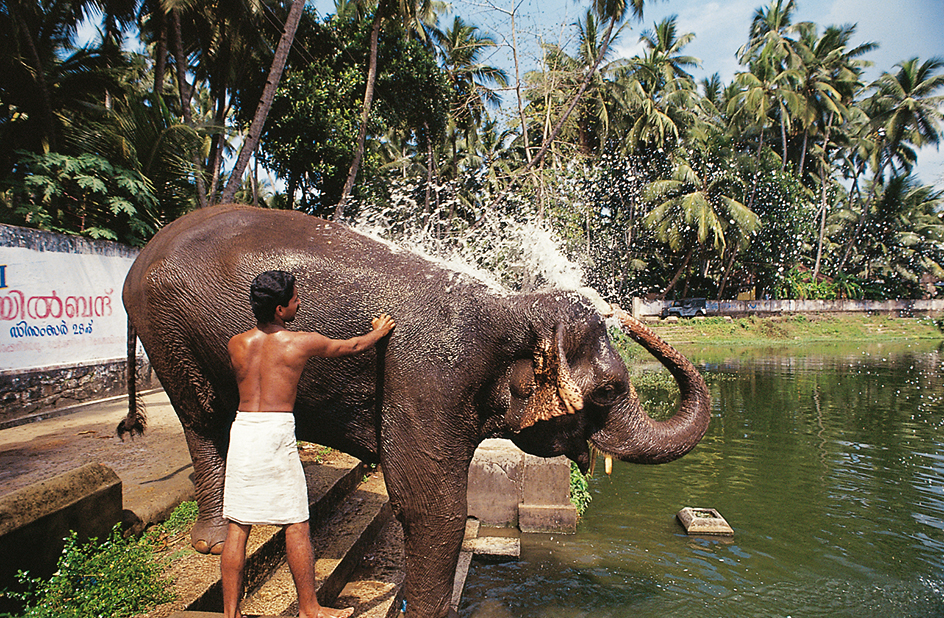
An animal threatened by too much hunting can be protected by laws that forbid or regulate such killing. These laws may specify when a certain species may be hunted or how many of the species may be killed. Laws can also protect plants endangered by overcollection. If an entire habitat requires protection, the area may be made a national park or wildlife refuge. In some cases, predatory animals that kill an endangered species must be controlled until the endangered animal has increased in numbers. On the other hand, a species may become too numerous. When this happens, the animal may threaten its own survival—or the survival of other species—by eating too much of the food supply. This problem has occurred with elk and hippopotamuses in national parks. The numbers of such a species must then be reduced, either by controlled hunting or by restoring its natural enemies where they have become scarce.
If a species can no longer survive in its natural environment, it may be raised in captivity and then released into a protected area. This method saved the Hawaiian goose. Likewise, conservationists hope to save the black-footed ferret. This small mammal once lived in the Great Plains, but its population declined sharply during the 1900’s. Scientists captured all known ferrets in the 1980’s and began breeding them in captivity. In 1991, they began releasing the ferrets into the wild, where these animals have established new breeding populations.
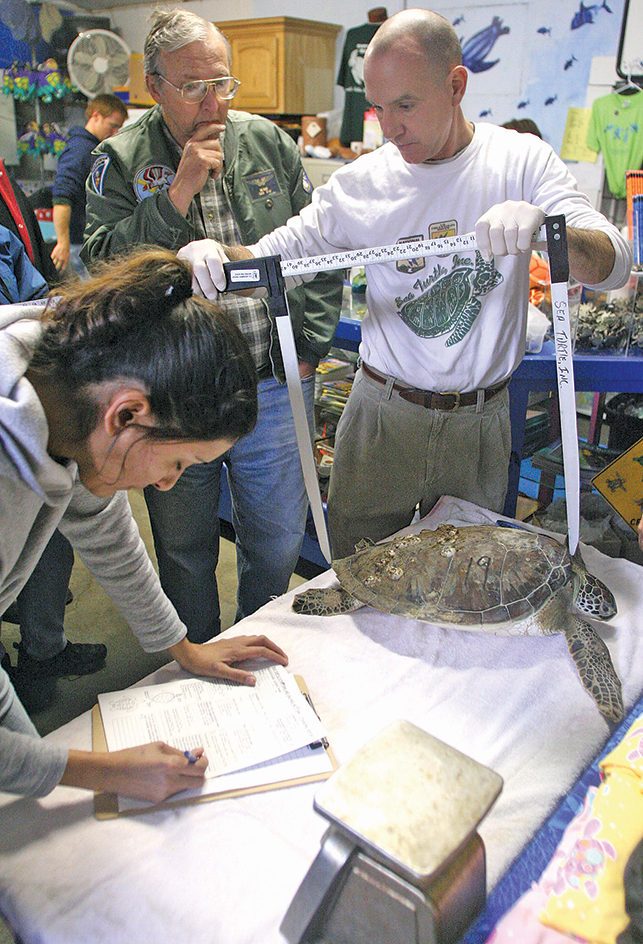
A species threatened by disease may be helped by sanitation measures in its habitat. Rare plants can be maintained in botanical gardens, or their seeds can be saved in seed banks for future planting.
The success of wildlife conservation depends on a knowledge of the ecology of a species and the forces at work in a habitat. In other words, it requires an understanding of the way in which a species lives and how it relates to everything in its environment. See Ecology.

History.
The first wildlife conservation probably occurred among prehistoric peoples. These peoples may have limited their hunting to preserve the supply of wild animals they needed for food. Rulers of ancient civilizations set up the first game reserves—as their personal hunting grounds—and medieval European kings continued this practice. These kings also forbade hunting by anyone other than a member of the ruling class. But such action resulted from a ruler’s love of hunting as a sport, rather than any awareness of the need for conservation. Certain forests were protected for religious reasons, and others were preserved for their value in providing timber to build ships.
During the 1600’s and 1700’s, the British colonies in America passed laws to protect wildlife. But most colonists ignored these laws. Effective wildlife conservation in the United States began in the late 1800’s. Congress established Yellowstone National Park, the world’s first national park, in 1872. In 1903, President Theodore Roosevelt established Pelican Island, in Florida, as the nation’s first federal wildlife refuge. Also in the late 1800’s, many states began to pass—and enforce—game laws. Beginning in the 1890’s, millions of acres of forests were protected by the national forest system.
Congress set up the National Park System in 1916 under the direction of the National Park Service, an agency of the Department of the Interior. In 1940, the government created the Fish and Wildlife Service in the same department. The service manages the federal wildlife refuges, which in 1966 were organized into the National Wildlife Refuge System. Many private wildlife conservation organizations have been founded since 1900. They include the National Audubon Society and the National Wildlife Federation.
Wildlife protection has a long history in Europe. In Italy, for example, what is now Gran Paradiso National Park has been a wildlife sanctuary since 1856. Australia set up its first national park in 1879. Canada created its first national park, Banff Hot Springs Reservation (now called Banff National Park), in 1885. In 1898, the Sabi Game Reserve (now part of the Great Limpopo Transfrontier Park) was established in what is now South Africa. This reserve was the beginning of the extensive network of national parks and game reserves in Africa. The first Asian and South American national parks were created during the early 1900’s.
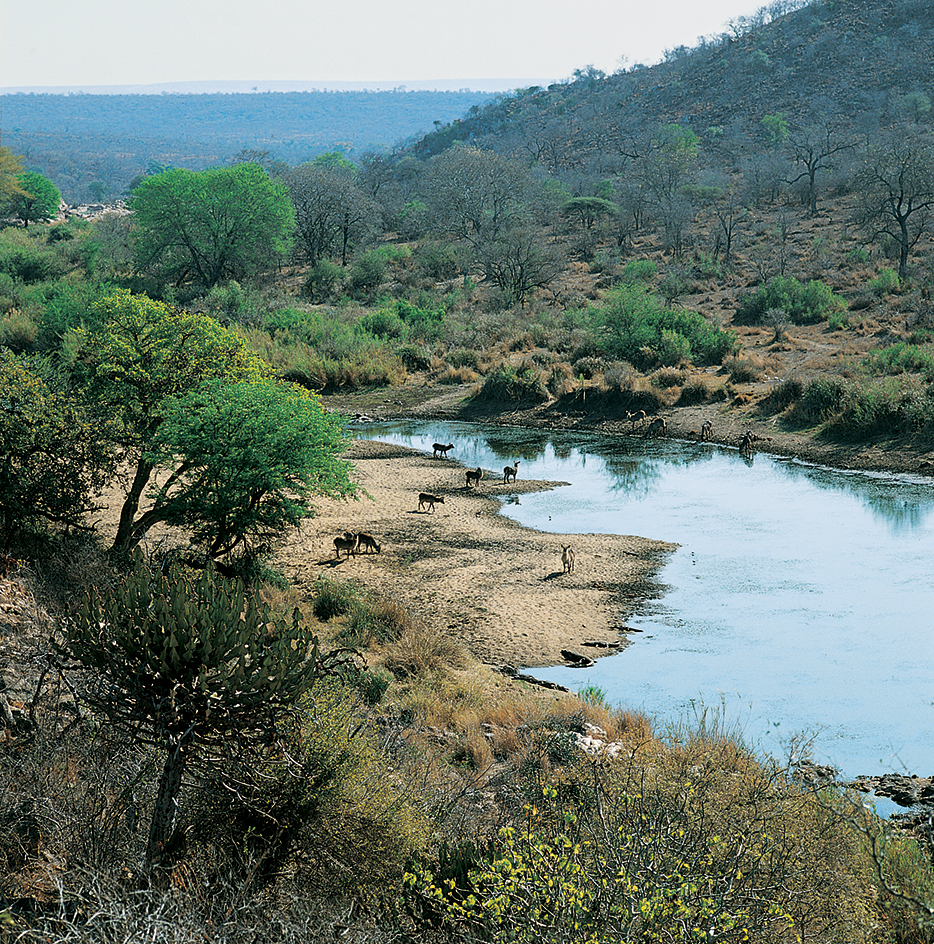
International cooperation
in wildlife conservation began on a worldwide scale after the birth of the United Nations (UN) in 1945. The Food and Agriculture Organization of the United Nations (FAO) and the United Nations Educational, Scientific and Cultural Organization (UNESCO) set up wildlife conservation programs. In 1948, UNESCO helped establish the International Union for the Protection of Nature (now called International Union for Conservation of Nature, also known as the IUCN). The IUCN then started to gather information on the world’s endangered species. It publishes this data in its Red Data Book. In 1961, the IUCN helped set up the World Wildlife Fund (now also called World Wide Fund for Nature). This fund raises money for conservation.
Wildlife conservation today.
More than 37,000 protected areas exist worldwide. The majority of them are less than 4 square miles (10 square kilometers) in size. Most countries also have laws that protect wildlife. The U.S. National Park System has about 200 protected areas with significant wildlife habitats. The U.S. National Wildlife Refuge System includes more than 500 refuges.
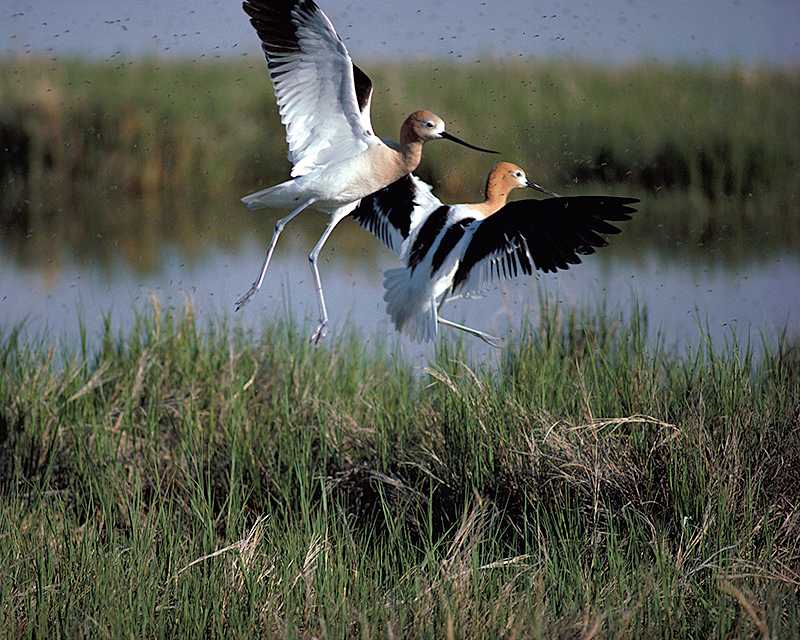
State and federal laws also protect wildlife in the United States. For example, the Endangered Species Act of 1973 protects rare wildlife from being hunted, collected, or otherwise threatened. Among other things, the act prohibits federal projects, such as the construction of dams, that would destroy an area where an endangered species lives. In 1978, the act was amended to permit the exemption of certain federal projects.
In the United States, a specialized profession has developed to serve the needs of wildlife conservation. Many universities have programs to educate ecologists, conservation biologists, and wildlife and fishery biologists. These specialists manage natural environments for the benefit of plants and animals.
But in spite of the many conservation efforts, the future remains uncertain for the world’s wildlife. The continued growth of the human population, the destruction and disruption of wildlife habitats, changes in natural processes, and the spread of environmental pollution present an increasing threat to the survival of wild species.
